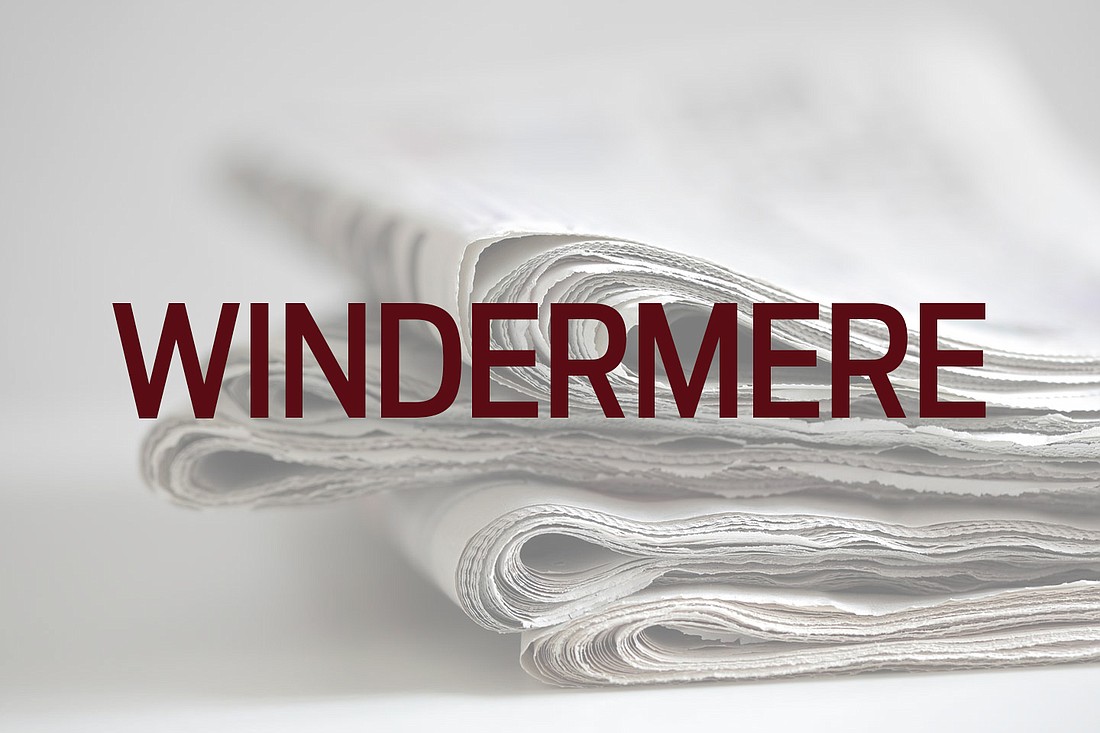- October 23, 2024
-
-
Loading

Loading

Traffic-related data presented during a town of Windermere workshop caused much skepticism among town residents who attended the Oct. 30 meeting.
The workshop drew about 25 residents, many of whom signed up to speak during the workshop’s public comment session.
Residents and Town Council members gathered to hear the results of a traffic-count study conducted by Kimley-Horn and Associates Inc., as well as any recommendations Kimley-Horn might offer to mitigate the cut-through traffic plaguing the town’s street network.
The resulting analysis was presented by professional engineer Mike Woodward from Kimley-Horn, who explained how the company used GPS software to determine where the town’s traffic was originating from and where it was headed.
The study evaluated cut-through traffic from four origin points: East Sixth Avenue, Maguire Road, Park Avenue and Chase Road.
According to the study, 75% of the traffic on Park Avenue and Chase Road is cut-through traffic from drivers going to and from other places besides the town of Windermere, and the local roads that receive the most cut-through traffic are Oakdale Street, Second Avenue and Seventh Avenue.
However, the maximum number of vehicles cutting through those roads during the morning and evening rush hour times of 7 to 9 a.m. and 5 to 7 p.m. is 13 vehicles – approximately one vehicle every five minutes, according to the study.
“The low cut-through percentages and volumes do not demonstrate a need to restrict movements,” reads the document summarizing the traffic study’s conclusion. “Any changes to the roadway network will have a negative effect on residents without providing a significant benefit. No roadway changes are recommended to mitigate neighborhood cut-through traffic.”
Upon hearing those numbers and the ultimate recommendation, residents in attendance immediately questioned the study’s methodology, the accuracy of the presented data, the software used to capture the data, sample size and days that traffic was observed.
According to Woodward, the data was collected during two days in 2016. He said the normal capture rate of the software used is “about 30% of traffic,” which does “leave room for error.”
“Traffic volumes are going to be different every time you count,” Woodward said. “There’s always going to be variability. It’s hard to say which day is more representative of the reality.”
Residents overwhelmingly believed the study should have used more current data because the amount of traffic and speeding has worsened in recent years with the heavy development surrounding the town, according to personal observation from residents.
“Our roads are just not safe,” said Windermere resident Laura Gibbons. “I’ve been here for 30 years, and I’ve never seen it like this. … The cut-through traffic has to stop. I don’t care if I have to be inconvenienced if it means my family stays safe.”
The Windermere Police Department does not have extra officers available for traffic enforcement during the peak traffic periods because the recently passed Marjory Stoneman Douglas High School Public Safety Act includes a provision requiring officers at every school and the town does not have the budget to hire more officers.
Other residents who made their way to the lectern during public comment emphasized the need for more police presence on the roadways to enforce speed limits. Council members agreed but noted the inherent challenges of that goal.
“I think we need to keep the traffic on the main roads,” said Town Council Member Bob McKinley. “As far as speeding, unfortunately, we have an obligation to the school and it’s difficult to monitor these backroads. But I can tell you, in the morning and the afternoon, it’s dangerous just to walk across the street. … But I think we should do what we can to keep traffic on the main roads.”
Aside from more police, residents also suggested the use of traffic-calming devices, such as speed bumps, and four-way stops, selective road closures and speed limit changes.
Mayor Gary Bruhn said town officials would take residents’ ideas into consideration and find out which are legal, viable and cost-effective to narrow down the town’s options.
He then addressed residents by recounting his efforts to encourage surrounding municipalities to collaborate on more east-west roadways to alleviate traffic congestion.
“These people don’t want to come through here,” Bruhn said. “They hate coming through here, and they really don’t like us because, quite frankly, what we are is a 30- to 40-minute delay. What we need are other east-west extensions.”